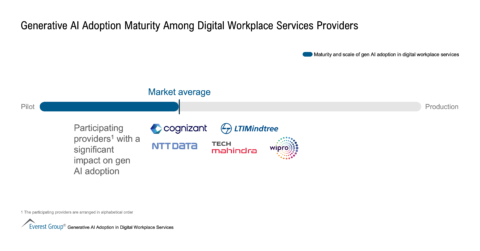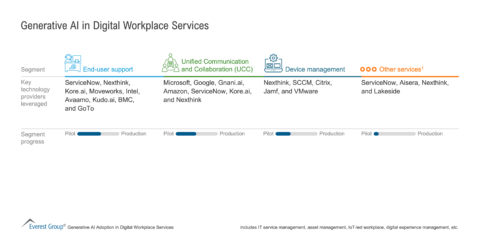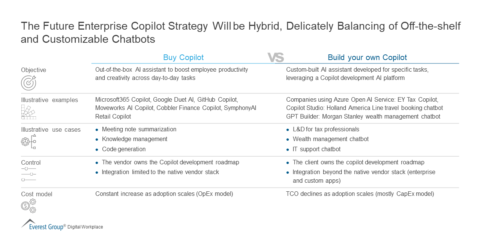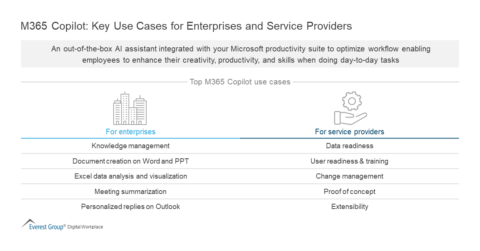Filter
Displaying 21-30 of 347
Realizing the Gen AI Journey in Modern Organizations | Webinar
September 24, 2024
09:30 AM PT | 12:30 PM ET
Webinar
Evolving with AI: The Rise of Next-Generation Digital Adoption Platforms | Webinar
April 30, 2024
8:00 AM PT | 11:00 AM ET
Webinar
April 16, 2024
8:30 AM PT | 11:30 AM EST
Webinar











